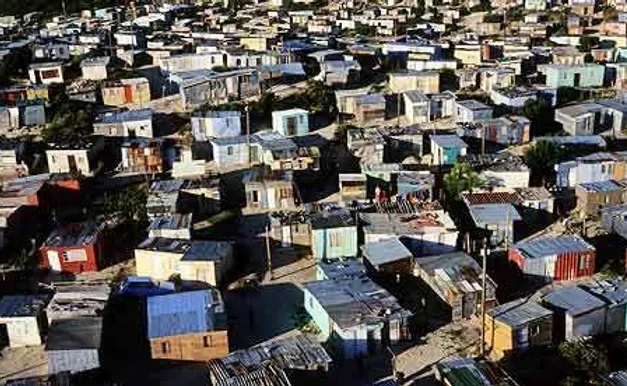Introduction
Settlement patterns and planning have evolved significantly over time, reflecting changes in technology, societal needs, and environmental considerations. Understanding the latest trends in settlement can offer valuable insights into creating more sustainable, efficient, and inclusive living environments. This essay explores these trends and highlights key lessons that individuals, communities, and policymakers can learn from them.

Latest Trends in Settlement
- Sustainable Development
- Green Infrastructure: Incorporating parks, green roofs, and vertical gardens to improve urban air quality and provide recreational spaces. This trend emphasizes the integration of natural elements into urban areas to enhance livability and environmental health.
- Renewable Energy: Increasing the use of solar, wind, and other renewable energy sources to reduce dependency on fossil fuels and lower carbon footprints.
- Water Management: Implementing efficient water use practices, such as rainwater harvesting and greywater recycling, to conserve water resources and ensure sustainable supply.
- 2. Smart Cities and Technology Integration
- Internet of Things (IoT): Connecting devices and infrastructure to the internet to enable real-time data collection and management, leading to more efficient city operations.
- Intelligent Transportation Systems: Utilizing data analytics and AI to optimize traffic flow, reduce congestion, and improve public transportation.
- Digital Services: Providing residents with easy access to government services, healthcare, and education through digital platforms, enhancing convenience and accessibility.
- 3. Social Inclusivity and Community Engagement
- Affordable Housing: Developing housing solutions that are affordable for low-income families to reduce homelessness and promote social equity.
- Mixed-Use Development: Creating neighborhoods that integrate residential, commercial, and recreational spaces to foster vibrant, walkable communities.
- Community Participation: Engaging residents in the planning and decision-making processes to ensure their needs and preferences are met, promoting a sense of ownership and involvement.
- 4. Resilience and Adaptability
- Disaster Preparedness: Designing infrastructure and housing to withstand natural disasters such as earthquakes, floods, and hurricanes.
- Economic Diversification: Developing diverse economic bases to reduce vulnerability to market fluctuations and promote long-term stability.
- Flexible Land Use: Implementing zoning laws and land-use policies that allow for flexibility and adaptability to changing needs and circumstances.
Lessons Learned from Modern Settlement Trends
- Environmental Stewardship
- Embrace Sustainability: Individuals and communities can learn to prioritize sustainability in their daily lives by adopting practices such as recycling, energy conservation, and supporting green initiatives.
- Promote Renewable Energy: Encouraging the use of renewable energy sources in homes and businesses can significantly reduce carbon footprints and combat climate change.
- 2. Leveraging Technology for Better Living
- Adopt Smart Solutions: Utilizing smart home technologies, such as energy-efficient appliances and home automation systems, can enhance convenience and reduce energy consumption.
- Support Digital Inclusivity: Ensuring access to digital services and technology for all community members can improve quality of life and foster greater participation in societal activities.
- 3. Fostering Social Equity and Inclusivity
- Support Affordable Housing Initiatives: Advocating for and supporting affordable housing projects can help create more inclusive communities and reduce socioeconomic disparities.
- Encourage Community Engagement: Active participation in local planning and decision-making processes can help ensure that community needs are met and foster a sense of belonging.
- 4. Building Resilient Communities
- Prepare for Disasters: Individuals and communities can benefit from disaster preparedness education and planning, ensuring that they are ready to respond effectively to emergencies.
- Promote Economic Resilience: Diversifying local economies and supporting small businesses can enhance economic stability and reduce vulnerability to economic shocks.
Conclusion
The latest trends in settlement planning reflect a growing awareness of the need for sustainability, technological integration, social inclusivity, and resilience. By understanding and embracing these trends, individuals, communities, and policymakers can create living environments that are not only more efficient and sustainable but also more inclusive and resilient. These lessons provide a roadmap for fostering better living conditions and promoting long-term societal well-being.



